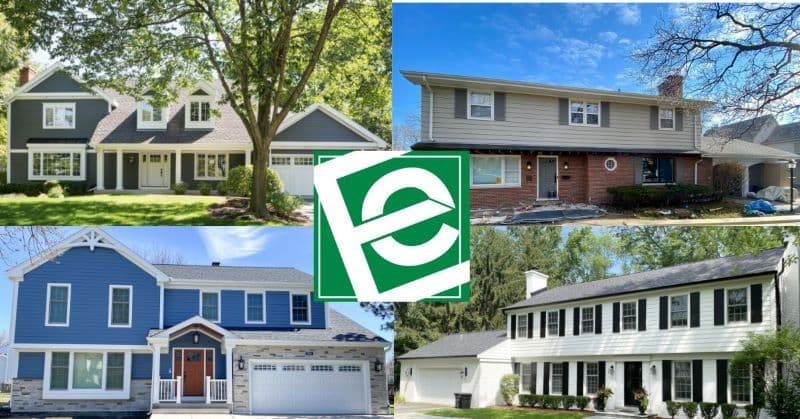Bids vs. Estimates

The number one question we receive as contractors is "how much is this going to cost me?". It is a valid question. The answer is not as simple as one might think. There are two types of cost models when it comes to home construction. One, the bid also known as the fixed price. A bid guarantees a set amount of work for a set amount of money. The agreement with a bid is that the cost of the project will not exceed the agreed upon amount unless work is added or the type of work is changed. These changes will come in the form of "change orders". The change order is presented to the homeowner and once they sign off on the additional cost it is added to the overall cost of the project.
Pros of a bid is that the homeowner knows exactly what they will be paying at the beginning of the project. Most payments are made on a schedule or based on completed milestones for the project. If a homeowner receives more the one bid they can compare to be sure that they are receiving a fair price. Not only are bids easier to understand for the homeowner, contractor prefer them as well. With bids most of the paperwork is done on the front end before construction starts. This allows them to be more organized and not have to scramble for pricing during construction.
Fixed prices does come with some cons as well. More often than not there is a mark for everything when it comes to a bid. A contractor doesn't want to risk coming in over budget. This means that the homeowner could end up paying more than if they would have gone with a labor and materials. There is a lack of transparency with fixed prices too. The homeowner doesn't have access to things like time cards and invoices. Some owners don't mind paying a little bit extra for not having to deal with a headache later on.
Now on to estimates! Time and materials is a cost that comes up in estimates that isn't an issue with bids. An estimate will often go into much more detail about every single step of the project. Things such as material, liability insurance, transportation are shown as line items along with their markup and tax. Estimates are easy to compare since they break down everything to a very detailed level. This level of transparency helps the homeowner see exactly where their money is going to but it also leads to some difficulties.
One of the cons of estimates is that there is no cap on how much the project is going to cost. This tends to lead to overruns, this is especially a problem if paperwork isn't don't in a timely manner. The excessive amount of detail that makes estimates easy to compare is also their downfall. The sheer volume of information in an estimate causes confusion for the homeowner.
Get Started Today!
Your dream home is a click away with financing through Upgrade!
Recent Posts
Getting the siding replaced on your home can be an exciting adventure. It gives homeowners an opportunity to reimagine the appearance of their residences and reflect their personal style...
In the world of exterior design, the choice of siding material can have a significant impact on the overall aesthetics, durability, and value of a home...
Erdmann Exterior Designs

Monday - Friday: 7:00am - 5:00pm
Saturday: Closed
Sunday: Closed


